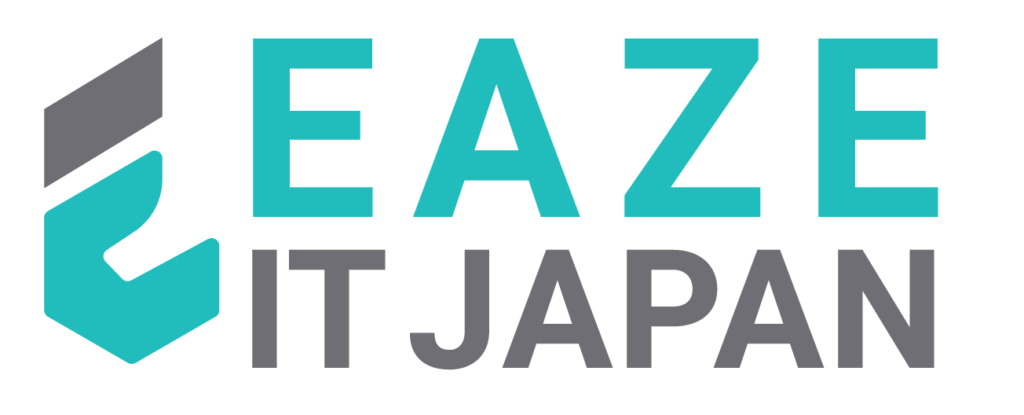IT Support Engineering Course

Course Overview:
The IT Support Engineering course is designed for individuals aspiring to work as IT support engineers, helpdesk technicians, or technical support specialists. The course provides the foundational knowledge and practical skills needed to troubleshoot, maintain, and support computer systems, networks, and enterprise IT infrastructure. Students will also gain experience with operating systems, hardware troubleshooting, networking, and cloud services, preparing them for real-world IT support roles.
Target Audience:
- Aspiring IT support engineers
- Helpdesk support technicians
- IT professionals looking to specialize in support engineering
- Anyone interested in pursuing a career in IT infrastructure and troubleshooting
Pre-requisites:
- Basic understanding of computers and operating systems (Windows, MacOS, Linux)
- Familiarity with networking concepts (IP, DNS, DHCP)
- Basic understanding of hardware components (CPU, RAM, hard drives)
Course Outline:
- Role and Responsibilities of IT Support Engineers: Overview of job roles, responsibilities, and industry standards
- Types of IT Support: First-line (Helpdesk), second-line (Technical Support), third-line (Specialist/Engineering), and escalation procedures
- IT Support Workflow: Ticketing systems, issue resolution process, and SLAs (Service Level Agreements)
- Soft Skills in IT Support: Communication, troubleshooting, problem-solving, and customer service
- Overview of Operating Systems: Windows, MacOS, Linux distributions (Ubuntu, CentOS)
- Windows OS Support: Installation, configuration, and troubleshooting Windows operating systems (Windows 10/11, Windows Server)
- Linux OS Support: Basic Linux commands, file system structure, user management, package management
- MacOS Support: Basic MacOS troubleshooting, system preferences, disk utilities
- File Systems and Permissions: NTFS, FAT, ext4, HFS+ file systems and access control (ACLs)
- System Performance Monitoring: Task Manager, Activity Monitor, and system logs (Event Viewer, syslog)
- PC Components: CPU, RAM, hard drives (HDD vs. SSD), motherboards, power supplies, graphics cards
- Peripheral Devices: Printers, scanners, monitors, keyboards, mice
- Hardware Troubleshooting: Identifying common hardware failures (overheating, hard drive failure, faulty RAM), diagnostic tools
- Building a PC: Assembling a desktop system, connecting hardware components, and BIOS setup
- Upgrading Hardware: Memory upgrades, storage devices, and GPU replacement
- Networking Fundamentals: OSI model, TCP/IP, LAN, WAN, VPN
- IP Addressing: IPv4, IPv6, subnetting, DHCP
- Network Devices: Routers, switches, hubs, firewalls, access points
- DNS and DHCP: Domain Name System (DNS), Dynamic Host Configuration Protocol (DHCP) configuration and troubleshooting
- Cabling and Connectivity: Ethernet cables (CAT5, CAT6), fiber optics, wireless connectivity (Wi-Fi standards)
- Basic Network Troubleshooting: Ping, traceroute, ipconfig/ifconfig, nslookup, Wireshark basics
- Remote Desktop Support: Using tools like TeamViewer, AnyDesk, Chrome Remote Desktop for remote troubleshooting
- Ticketing Systems: Zendesk, Freshdesk, ServiceNow (creating tickets, updating statuses, and managing service requests)
- System Imaging Tools: Creating and deploying disk images (e.g., Acronis, Clonezilla)
- Patch Management: Windows Update, WSUS (Windows Server Update Services), Linux package managers (apt, yum)
- Antivirus and Malware Removal: Identifying and removing malware using tools like Malwarebytes, Windows Defender, and other third-party utilities
- Backup Solutions: Setting up and troubleshooting backup software (Acronis, Veeam, or native OS solutions)
- Basic Security Concepts: Authentication, authorization, encryption, and network security layers
- Firewall Configuration: Configuring and troubleshooting hardware and software firewalls (e.g., pfSense, Windows Firewall)
- Antivirus and Endpoint Security: Protecting endpoints with antivirus tools and endpoint protection platforms (EDR solutions)
- Securing Network Traffic: SSL/TLS, VPNs, IPsec, securing Wi-Fi networks
- Basic Cybersecurity Threats: Phishing, social engineering, DDoS attacks, malware (ransomware, spyware)
- Security Best Practices: Regular patching, secure configurations, monitoring, and incident response
- Introduction to Cloud Computing: Public vs. private clouds, SaaS, PaaS, IaaS
- Cloud Service Providers: Overview of AWS, Azure, and Google Cloud Platform (GCP)
- Cloud Storage: Cloud-based file storage and synchronization (Google Drive, OneDrive, Dropbox)
- Virtualization: VMware, Hyper-V, VirtualBox – creating and managing virtual machines
- Cloud Migration: Basic steps for migrating IT infrastructure to the cloud
- Cloud Security: Managing user permissions, data protection in the cloud
- Structured Troubleshooting Process: Identifying symptoms, gathering information, isolating the root cause, and implementing a solution
- Troubleshooting Tools: Command-line tools (ping, tracert, ipconfig), graphical tools (Task Manager, Resource Monitor)
- System Boot Issues: Troubleshooting boot failures, recovery options in Windows and Linux (e.g., Safe Mode, GRUB)
- Common IT Support Scenarios: Troubleshooting email issues, network connectivity problems, printer issues, application crashes
- Customer Communication: Communicating effectively with non-technical users and documenting solutions
- Managing IT Infrastructure: Monitoring and supporting enterprise networks, servers, and client devices
- Active Directory (AD) Support: User creation, group policies, and troubleshooting AD-related issues
- Group Policy Management: Configuring and troubleshooting Group Policies in Windows environments
- Network Shares and Permissions: Setting up and managing shared drives, configuring NTFS and share permissions
- Server Administration: Basic admin tasks in Windows Server (installation, configuring roles, Active Directory, DNS) and Linux servers
- ITIL Framework: Introduction to IT Service Management (ITSM), ITIL processes, and best practices for service delivery
- Customer Service Excellence: Providing professional, empathetic support, managing customer expectations
- Documenting Issues and Solutions: Best practices for ticket documentation, knowledge base creation, and maintaining a knowledge repository
- Working in a Team: Collaboration with other IT professionals, handling escalations, working with vendors and third parties
- Ethics and Confidentiality: Handling sensitive data and adhering to privacy regulations (GDPR, HIPAA)
- Continuous Learning and Certifications: Importance of certifications (CompTIA A+, Network+, ITIL) and staying updated with the latest technologies
- Project Guidelines: Simulating a real-world IT support scenario, such as resolving network issues, diagnosing hardware problems, or managing a support desk.
- Project Phases: Issue identification, troubleshooting, resolution, and documentation
- Mentorship and Feedback: Personalized feedback on the project and final presentation
